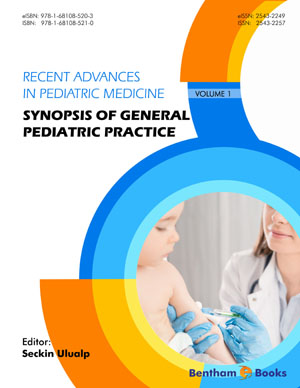Abstract
Metabolic Syndrome (MetS) is considered as the presence of clustering
metabolic risk factors. It is rapidly increasing in children and adolescents, notably in
low- and middle-income countries. It results from a complex interaction of lifestyle,
environmental, and genetic factors. Although its universal definition needs to be
determined in the pediatric age group, the main components are obesity, dyslipidemia
in terms of elevated triglycerides, and elevated blood pressure. Respectively, fatness
and fitness have a direct and inverse association with the development of MetS.
Various metabolic responses that are involved in the adipose tissue promote a link
between obesity, insulin resistance, inflammation, and future atherogenesis.
Management of pediatric MetS would need multidisciplinary interventions, including a
multicomponent approach, consisting of healthy eating, reducing screen time,
increasing physical activity, as well as providing appropriate duration and quality of
sleep. Limiting the exposure of pregnant mothers as well as children and adolescents
with endocrine disrupting chemicals is beneficial for preventing the development of
MetS. Lifestyle modification and family-centered interventions are the first-line
approaches in the treatment of MetS, and the use of medication should be considered
only for those who fail to reach healthy weight after lifestyle intervention and for those
with underlying disease and complications. Prevention and early management of
pediatric MetS are of main strategies for primordial/primary prevention of non
communicable diseases.
Keywords: Children and adolescents, Environment, Epigenetics, Lifestyle, Metabolic syndrome, Prevention.








